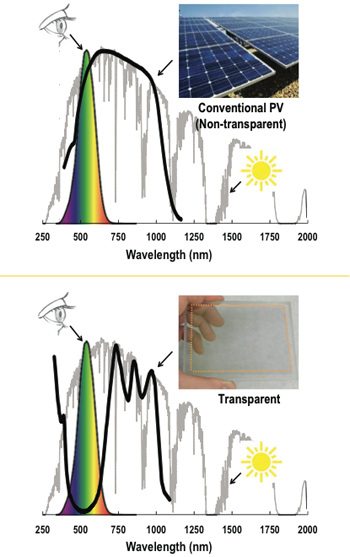Vigilant24
New Member
- Joined
- Aug 23, 2022
- Messages
- 119
After reading a bit about the surprisingly big impact of "hard" shadows on panel outputs, and knowing that nearly >everything< has already been tried by >somebody<, I'd be interested in learning about any testing on placing membranes above panels to spread out the light so that any distinct "hard-edged" shadows on the panels get eliminated.
Observations:
- Depending on where they hit the panel and the configuration of the diodes, a small shadow can have tremendously outsized impact on the panel output. 20% shadow in the "wrong" place = zero % panel output. If we could spread out that shadow so the whole panel gets an even 20% less light, the productivity would be a lot better.
- Shadows can (and apparently frequently do) lead to burnout of diodes and early degradation of panels. Even a leaf stuck to a panel in the wrong situation can cause trouble.
- As panels get cheaper, there will be a desire to put them even in places where they'll be subjected to shading. The prime, non-shaded locations on many residential sites are already taken. So, this is a situation that may grow in importance.
- Shadows are particularly a problem in the morning and late afternoon, and in winter months (when the sun is low). Any improvement in solar productivity during these times is especially valuable, and typically of higher utility than is further optimizing watts produced at noon or in the summer. So, even if the difuser/filter absorbs some in-band light and reduces solar energy into the panel by, say, 10%, it could >still< be worth it if the production we get is when we need it most.
Okay, so what I'd imagine might be worth trying is some kind of plastic film suspended over the panels. Ideally it would be non-reflective on the "sun" side and would be "frosted", "prismatic," or "krackled", etc to on the panel side to scatter the light onto the panel. We'd want something that has high transmission of wavelengths most important to PV production (toward the red end of the visible range and into the infrared, so relatively good transmission from about 500-1100NM). It would be nice it it is sturdy, cheap, UV resistant, and maybe even provide a bit of physical protection to our panels.

I know "there's nothing new under the sun," so I'd imagine this has been tried and discarded. Anybody seen such a thing? Done at-home experiments?
Thanks,
Mark
Observations:
- Depending on where they hit the panel and the configuration of the diodes, a small shadow can have tremendously outsized impact on the panel output. 20% shadow in the "wrong" place = zero % panel output. If we could spread out that shadow so the whole panel gets an even 20% less light, the productivity would be a lot better.
- Shadows can (and apparently frequently do) lead to burnout of diodes and early degradation of panels. Even a leaf stuck to a panel in the wrong situation can cause trouble.
- As panels get cheaper, there will be a desire to put them even in places where they'll be subjected to shading. The prime, non-shaded locations on many residential sites are already taken. So, this is a situation that may grow in importance.
- Shadows are particularly a problem in the morning and late afternoon, and in winter months (when the sun is low). Any improvement in solar productivity during these times is especially valuable, and typically of higher utility than is further optimizing watts produced at noon or in the summer. So, even if the difuser/filter absorbs some in-band light and reduces solar energy into the panel by, say, 10%, it could >still< be worth it if the production we get is when we need it most.
Okay, so what I'd imagine might be worth trying is some kind of plastic film suspended over the panels. Ideally it would be non-reflective on the "sun" side and would be "frosted", "prismatic," or "krackled", etc to on the panel side to scatter the light onto the panel. We'd want something that has high transmission of wavelengths most important to PV production (toward the red end of the visible range and into the infrared, so relatively good transmission from about 500-1100NM). It would be nice it it is sturdy, cheap, UV resistant, and maybe even provide a bit of physical protection to our panels.

I know "there's nothing new under the sun," so I'd imagine this has been tried and discarded. Anybody seen such a thing? Done at-home experiments?
Thanks,
Mark
Last edited:


